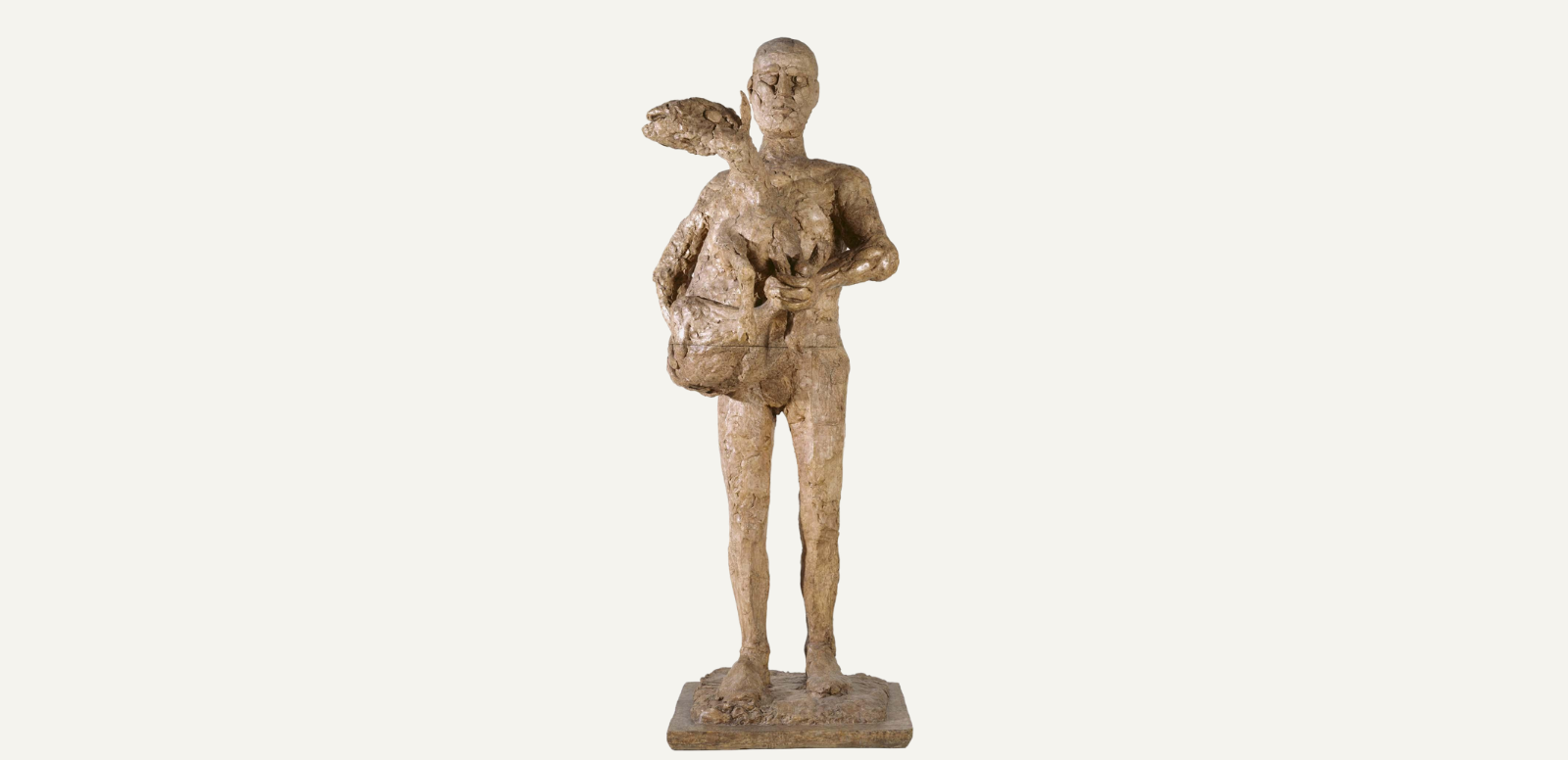
© Sucesión Picasso, VEGAP, Madrid, 2023
Picasso was as prodigal a sculptor as he was a painter, to both of which he devoted equal effort. In 1973 Werner Spies catalogued 1228 sculptures and 2800 ceramics attributed to Picasso. Picasso's determination to renew outmoded ideas and forms of art was also evident in his sculptural practice, and he rejected the canonical notions that prevailed in this field from an early age.
Picasso understood sculpture as a creative act in which he was free to add non-artistic - or what others would consider ignoble - materials to make new works and objects. He developed, and it was a practice he maintained throughout his career, the gift of reviving the forgotten, materialised in the wood and nails he found and collected in the street or in rubbish dumps, which he obsessively and zealously accumulated in his various studios.
From 1901, the year of his first dated piece, until the end of his life, sculpture constituted his most intimate, most playful and paradoxical artistic sphere, for, looking back over his huge number of works, it could be said that what Picasso did was to paint his sculptures and sculpt his drawings. From his earliest small busts in bronze to his most voluminous works in sheet iron, his intention was to occupy space by developing the forms of bodies. Most probably, his intention was also to explain Cubism through sculpture.

